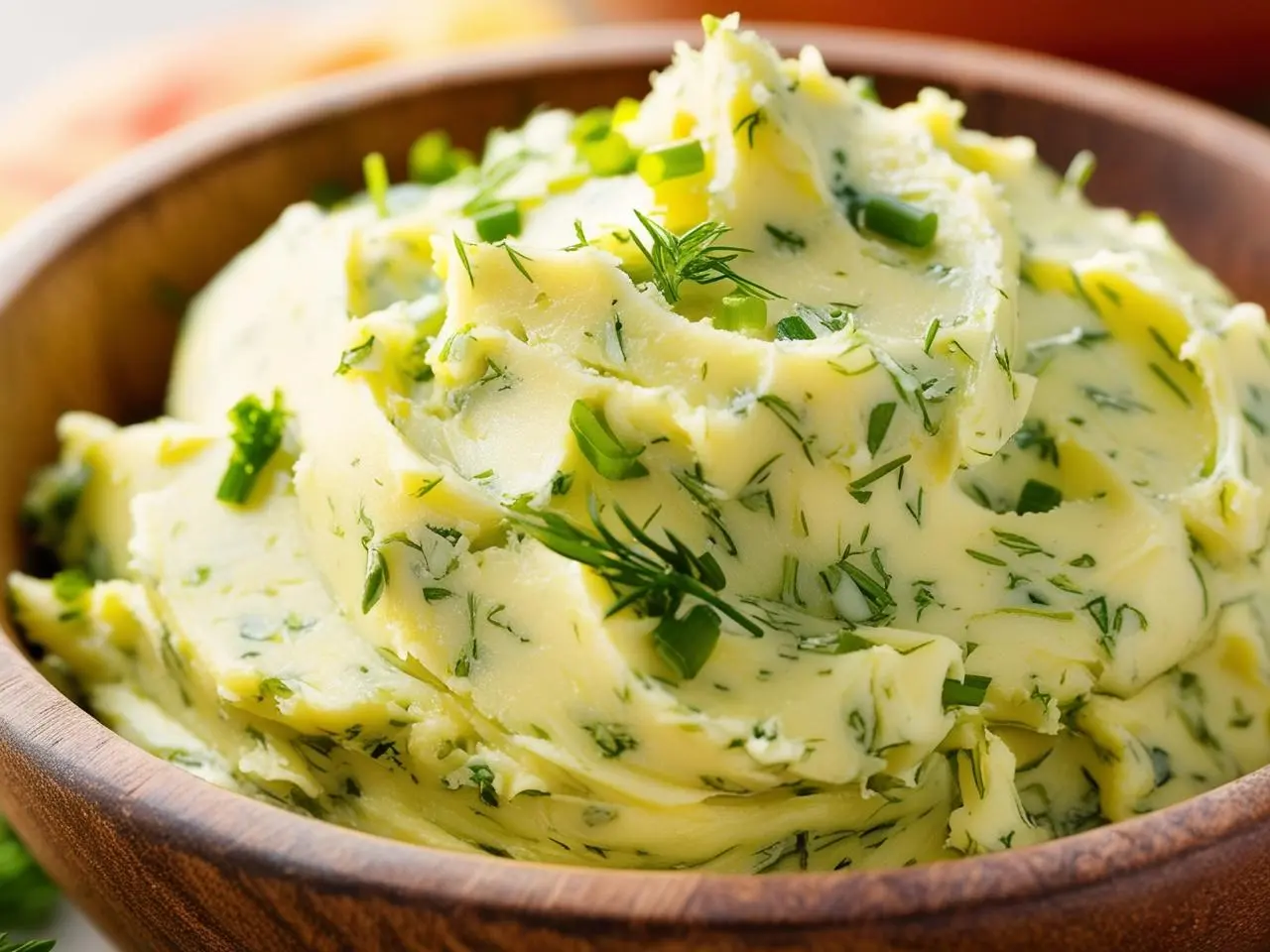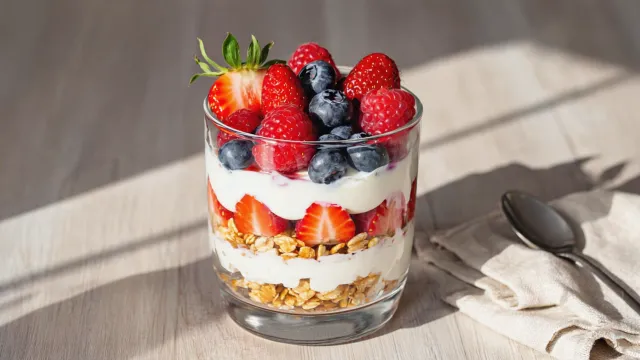Published on May 20, 2025
Last updated: May 20, 2025 · ⏱ 3 min read
Make Garden-Fresh Herb Butter in Minutes

The Allure of Herb Butter: A Culinary Delight
Herb butter is not just a simple spread; it is a culinary marvel that can elevate your dishes from ordinary to extraordinary. It's a versatile condiment that can be used in various cuisines, adding a rich, fresh flavor to meats, vegetables, and even bread. Imagine the aroma of freshly harvested herbs mingling with creamy butter, creating a delightful experience for your palate. This blog post will take you through the process of creating your own herb butter, highlighting the benefits of using fresh herbs from your garden and offering tips on flavor pairings.
Gathering Fresh Ingredients from Your Garden
One of the best aspects of making herb butter is the ability to use fresh herbs straight from your garden. Not only does this ensure the highest quality, but it also enhances the flavor profile of your butter. Common herbs to consider include parsley, chives, thyme, rosemary, and basil. Each herb brings its unique character, so feel free to experiment with combinations that suit your taste.
When harvesting herbs, aim for young, tender leaves, which are often more flavorful than older, tougher leaves. Make sure to wash your herbs thoroughly to remove any dirt or pests. After washing, gently pat them dry with a paper towel to ensure your butter doesn’t become watery.
Choosing the Right Butter for Your Recipe
While the herbs you choose are crucial, the type of butter you use also plays a significant role in the final product. Unsalted butter is typically preferred for making herb butter, as it allows you to control the saltiness of the final dish. However, if you enjoy a bit of saltiness, using salted butter can add depth to your flavors. Additionally, you can opt for grass-fed butter, which is often richer and creamier, enhancing the overall taste of your herb butter.
The Basic Herb Butter Recipe
Creating herb butter is straightforward and requires minimal effort. Here’s a simple recipe to get you started:
- 1 cup of unsalted butter, softened (at room temperature)
- 1/4 cup of finely chopped fresh herbs (your choice)
- 1-2 cloves of garlic, minced (optional)
- Salt and pepper to taste
To prepare, simply combine all the ingredients in a bowl. Use a spatula or fork to blend the butter and herbs thoroughly until well combined. Taste and adjust seasoning as needed. Once mixed, transfer the butter onto a sheet of parchment paper, shaping it into a log. Wrap it tightly and refrigerate until firm. This method allows you to slice off pieces as needed without having to re-mix the ingredients.
Creative Variations of Herb Butter
While the basic recipe is delicious on its own, there are numerous ways to elevate your herb butter to new heights. Consider adding different flavor profiles to suit a variety of dishes:
- Spicy Herb Butter: Add a teaspoon of red pepper flakes or finely chopped fresh chili for a kick.
- Citrus Herb Butter: Incorporate the zest of lemon, lime, or orange to bring a refreshing brightness.
- Cheesy Herb Butter: Mix in grated Parmesan or crumbled feta for a savory twist.
- Nutty Herb Butter: Blend in finely chopped nuts like walnuts or almonds for added texture and flavor.
Storage Tips for Your Herb Butter
Once your herb butter is prepared, proper storage is crucial to maintain its freshness and flavor. If you’ve shaped it into a log, it can be stored in the refrigerator for up to two weeks. For longer storage, consider freezing it. Simply slice the log into rounds and place them in an airtight container or freezer bag. This way, you can enjoy your herb butter for up to six months, making it a convenient option for quick meal enhancements.
Using Herb Butter in Your Cooking
Now that you have your herb butter ready, the possibilities are endless. Here are some ideas on how to incorporate it into your meals:
- Grilled Meats: Use herb butter as a finishing touch on grilled steaks, chicken, or fish for an extra layer of flavor.
- Vegetables: Toss roasted or steamed vegetables with herb butter for a delicious side dish.
- Pasta: Stir a tablespoon of herb butter into hot pasta for a rich and aromatic sauce.
- Bread: Spread herb butter on warm, crusty bread for a delightful appetizer or snack.
The Health Benefits of Fresh Herbs
Beyond the flavor enhancement, using fresh herbs in your cooking brings numerous health benefits. Herbs like parsley and basil are rich in antioxidants, vitamins, and minerals that can support overall well-being. Thyme has antimicrobial properties, while rosemary is known for its potential cognitive benefits. By incorporating fresh herbs into your meals, you not only improve the taste but also boost the nutritional value of your dishes.
Conclusion
Creating your own herb butter is a simple yet rewarding endeavor that allows you to enjoy the flavors of your garden in a versatile and delicious way. With a few fresh ingredients and some creativity, you can create a gourmet condiment that elevates your cooking and impresses your family and friends. So, gather your herbs, get your butter softened, and start blending flavors that suit your taste.
Whether you're spreading it on warm bread, melting it over grilled vegetables, or using it to finish a steak, homemade herb butter adds a personal, flavorful touch to any meal. Once you’ve tried it, you’ll wonder how you ever cooked without it.
FAQs: Homemade Herb Butter

Written by Soufyan from GrowToGrub
Soufyan is a gardening educator and founder of GrowToGrub. Through simple guides, easy recipes, and practical life hacks, he helps everyday growers turn small spaces into sustainable, delicious, and chemical-free living.


